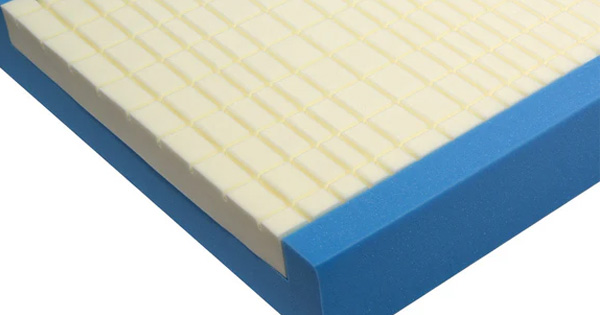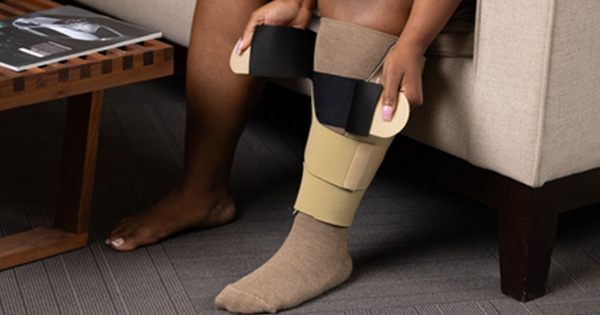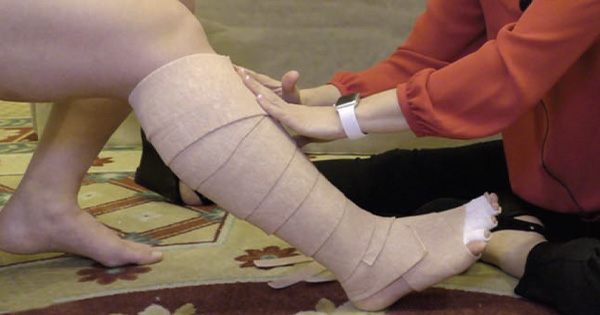Background: In Saudi Arabia, the self-care practices of patients with diabetes when they develop diabetic foot disorders (DFDs) such as open wounds, ulcers, and skin cracks are unknown. Local culture and beliefs usually play a part. Aims: To identify the top ten natural preparations which are commonly used by a cohort of Saudi patients with diabetes in Jeddah, Western Saudi Arabia when exposed to DFDs. Methods: A cross-sectional descriptive study of a representative cohort of patients with diabetes was designed. A pre-designed questionnaire was carried out by a group of trained nutrition students to the patients living in their neighbourhoods. Results: The most commonly used natural preparations were honey (56.6%), followed by Commiphora molmol (myrrh) (37.4%), and Nigellia sativa (black seed) (35.1%). The least used was Lawsonia inermis (henna) (12.1%). The top ten combinations of natural preparations used topically to treat DFDs were also identified. Conclusions: The use of natural preparations to topically treat DFDs is common among Saudi patients with diabetes. Honey was the most commonly used preparation on its own, or in combination with others. Conflict of interest: None.






